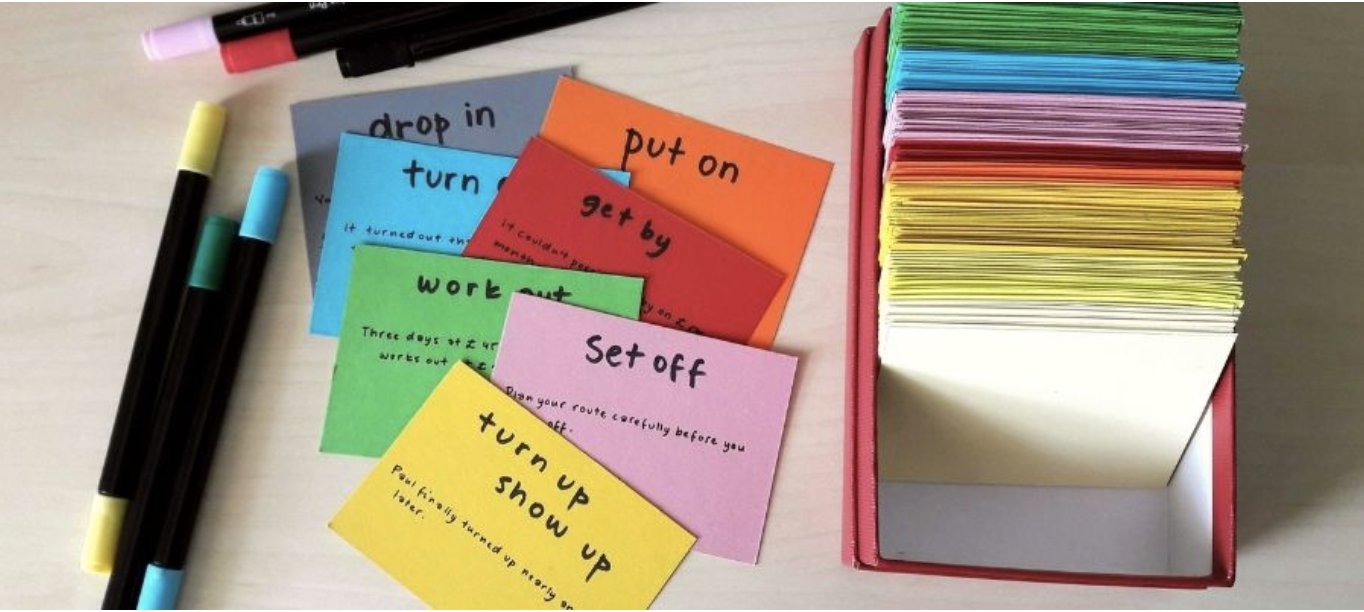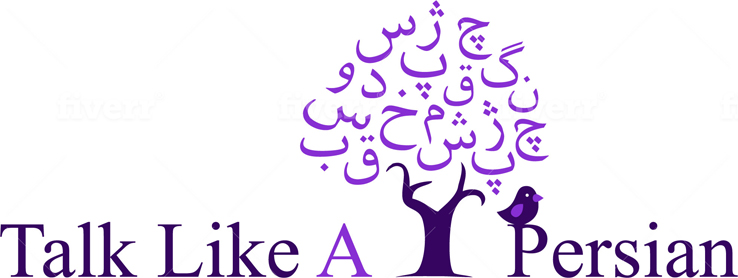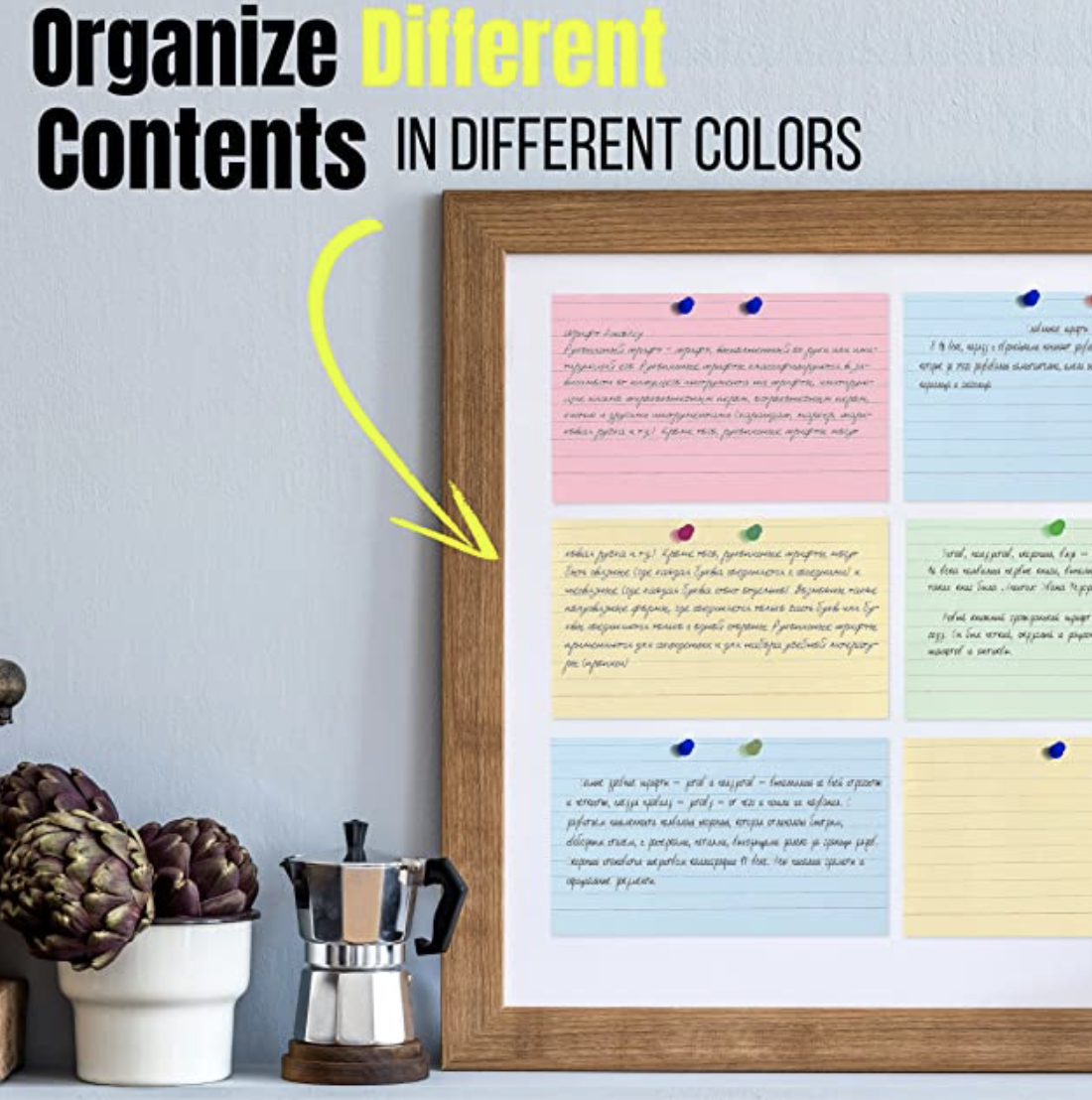Reading is not studying. Simply reading and re-reading texts or notes is not actively engaging in the material. The Act of making flashcards is a way to “work” the information, challenging you to think about which information to have on one side and the related description on the other. This also frees up some memory, since you will have a physical stack of cards with the information instead of trying to store individual facts, names, or terms in your mind. From a time management perspective, flashcards allow you to take advantage of short amounts of time that become available throughout the day or week, in addition to during planned study sessions.
Here you can download, print and cut Persian Alphabet Flash cards for Leila’s Alphabet Journey. You can find it under Download tab on Talk Like A Persian website. You can easily download, print and cut the flashcards to get ready for our first Quiz.
https://talklikeapersian.com/bfd_download/persian-alphabet-flash-cards/Links to an external site.
Here is the corresponding video lesson that includes Persian Alphabet.
https://youtu.be/lgRCOGdC-_whttps://youtu.be/lgRCOGdC-_wLinks to an external site.
Benefits of flashcards
- Flashcards help us to self -reflect on the correctness or accuracy of our answers and help pus solidify information at a deeper level in our memory.
- Flashcards also help us actively interact with the material by extracting keywords and concepts. When we want to make flash cards, we study and read with the intent to create practice test and questions which improve our focus, understanding and retention.
- Flashcards engage a mental faculty which is called active recall. With flashcards we remember a concept from scratch instead of recognizing it or starring passively at the textbook
How to make flashcards?
- Buy flashcards or construct your cards. A set of index cards is usually inexpensive to purchase. You also can print off cards from a template or use online flashcards/
- Use one card per term. That’s important . Terms on one side and definition on the other side. For example: Persian letters on one side and English equivalents on the other side.
- Make a deck of related terms, facts, or formulas. For example all greeting phrases or pronouns on one side and the definitions on the other side. For example: All the letters with the same sound on one side and English equivalent on the other side.
- Draw or print out images on one side and definition on the other side.
- Questions on one side and answers on the other side.
- Pastel color index cards can make it easier to find a batch you want to study. You can use one set
 of flashcards for each chapter of your textbook. You can busy different color flash cards or use a pen to paint one side of the flashcards so you can easily identify a stack of them.
of flashcards for each chapter of your textbook. You can busy different color flash cards or use a pen to paint one side of the flashcards so you can easily identify a stack of them.
App or paper? Whatever floats your boat!
If you like learning with digital flashcards through apps such as AnkiDroid (Android) or Brainscape (iPhone), you don’t have to worry too much about the SRS. That’s because these apps already use an SRS algorithm, so they know exactly when to show you a card you need to review. With paper cards, you have to take care of the spaced repetition system yourself and in this article, we’re going to show you how to do it. Don’t worry, you don’t need any special technical skills, as it’s all very simple.
How to use flashcards?
- Study flashcards for 20 minutes and take a 5 minutes break and study some more. Wait a da
 y and study them again. This is called spaced repetition technique.
y and study them again. This is called spaced repetition technique. - Test yourself on all the cards and put them in 2 piles: Know and Don’t know.
- Take a short break and re-test yourself on the cards you missed.
- The next day, test yourself on all the cards
With repetition, you will remember more and more, therefore forgetting less and less. The “forgetting curve” levels out, and the learning becomes “durable”. (Essentially, this means you will remember the information long term!)
Post back and front of one of your flash cards in response to this blog post.

